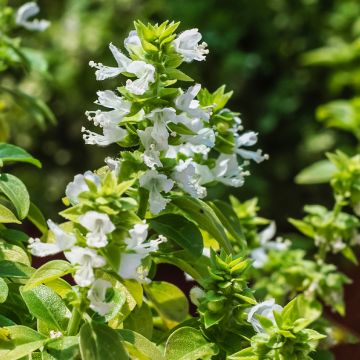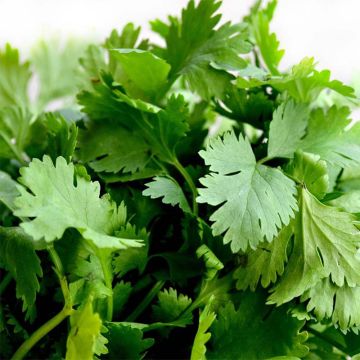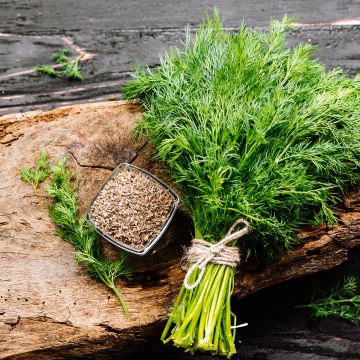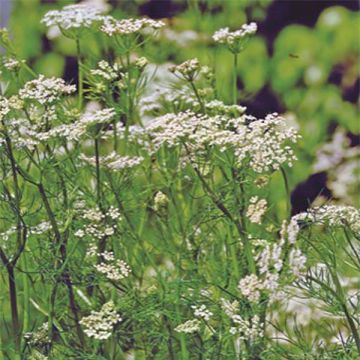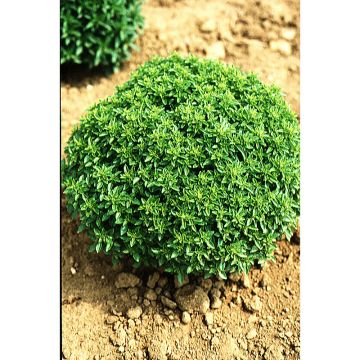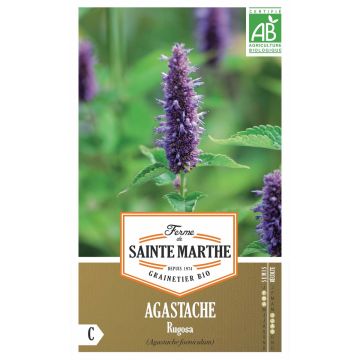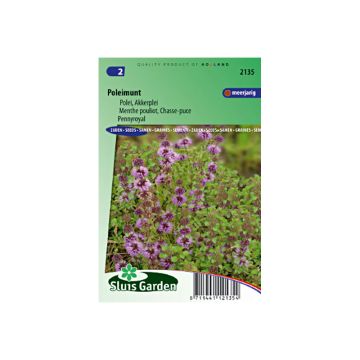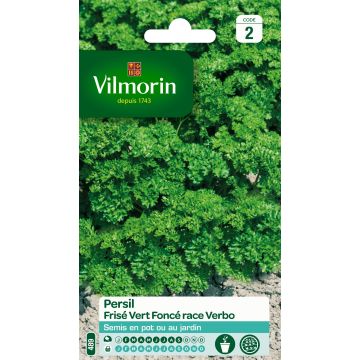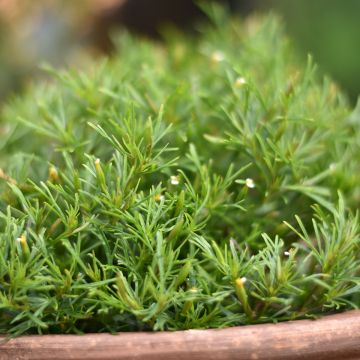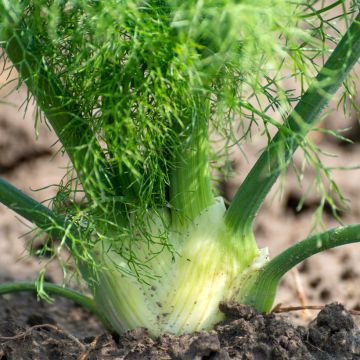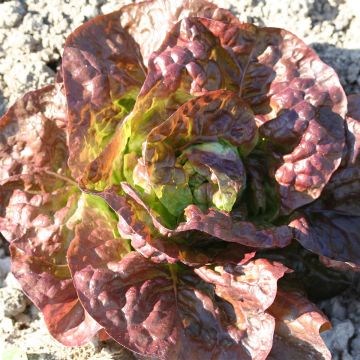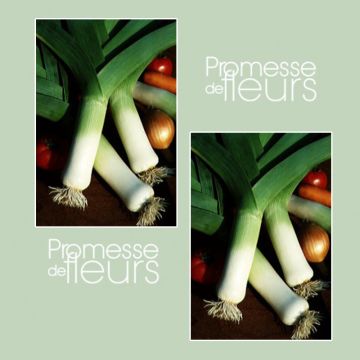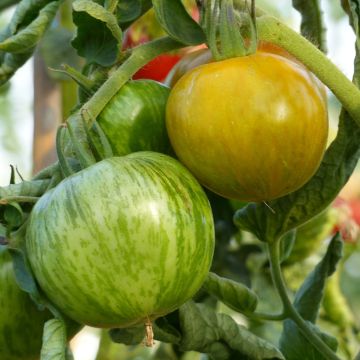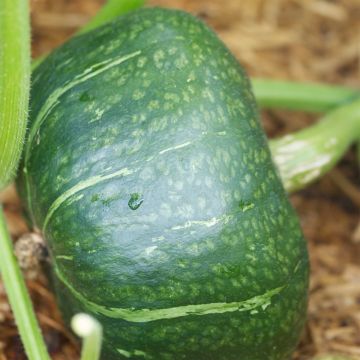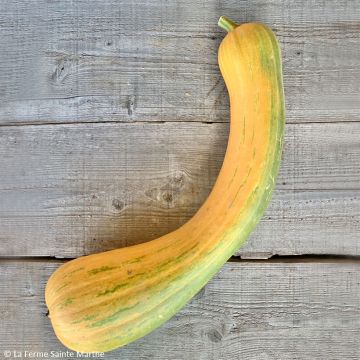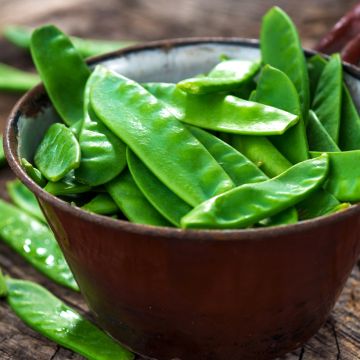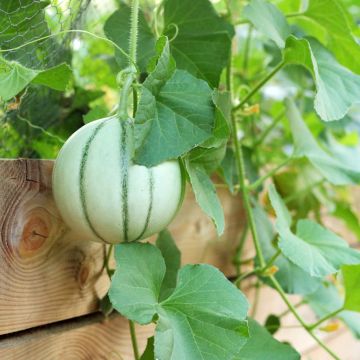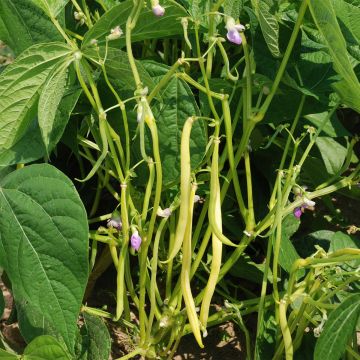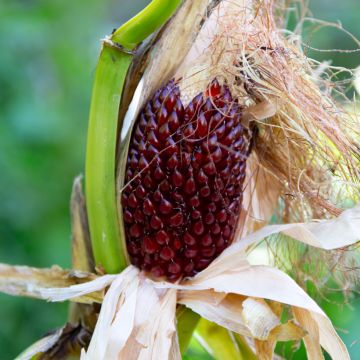

Russian Tarragon - Artemisia redowksi
Artemisia redowski - dracunculoïdes
Russian Tarragon
Not received: received squash seeds instead ☹️
Gise, 31/03/2024
This item cannot be shipped to the selected country
Dispatch by letter from €3.90
Delivery to Corse prohibited
More information
Dispatch by letter from €3.90
Delivery to Corse prohibited
More information
Schedule delivery date,
and select date in basket
This plant carries a 6 months recovery warranty
More information
We guarantee the quality of our plants for a full growing cycle, and will replace at our expense any plant that fails to recover under normal climatic and planting conditions.
Seed-only orders are dispatched by sealed envelope. The delivery charge for seed-only orders is €3.90.
Delivery to Corse prohibited: UE law prohibits the import of this plant from mainland France to Corse as part of the fight against Xylella fastidiosa. Please accept our sincere apologies.
More information
Description
Russian Tarragon, or Artemisia Redowski, is a particularly hardy and vigorous aromatic herb whose abundant foliage releases a subtle and light fragrance. It has the advantage, compared to common tarragon, of being able to be sown.
This is a perennial aromatic plant, native to Central Asia, which belongs to the Asteraceae family. It has an upright habit, reaching an average height of 1.5 metres (5 feet). Russian Tarragon has green-grey leaves, thinner and less fragrant than those of common tarragon, but it is highly hardy, at least down to -15°C (5°F) and can multiply, as its seeds are not sterile.
It is cultivated in sunny, rich, light and well-drained soil.
Tarragon is a condiment plant with an aniseed flavor that can be used both fresh and dried. It enhances many preparations such as vinaigrettes, Bearnaise sauce, fish, and poultry.
Harvest: Tarragon can be harvested 12 months after sowing and extends over a long period, from June to September. It is simply done with scissors, by cutting the stems at the base of the clump.
Storage: Tarragon can be stored for a few days in the refrigerator or for a few months by drying or freezing. However, it is preferable to consume it freshly picked to fully enjoy its fragrance.
The gardener's tip: To reduce watering, we recommend, from late May, to mulch the soil with thin successive layers of grass clippings, preferably mixed with dead leaves. This protection, which keeps the soil moist, also reduces weeding.
Harvest
Plant habit
Foliage
Botanical data
Artemisia
redowski - dracunculoïdes
Asteraceae
Russian Tarragon
Cultivar or hybrid
Perennial
Other Herb seeds
Planting and care
Sowing:
The germination of Estragon occurs at a temperature of about 18°C (64.4°F). It takes about 21 days to sprout.
Sowing is done under shelter in March / April or in open ground from May to July.
Starting from March, at home or in a greenhouse, in a tray with drainage holes and filled with special sowing soil, sow the seeds at a depth of 2 to 3 mm (0.1in), spacing them 5 to 7 cm (2 to 3in) apart. Water with a very fine rain. When your young plants have 4 leaves, transplant them into a pot that you will place in the garden when the risk of frost is gone.
Sowing in open ground is done later, in well-warmed soil, usually around mid-May, and is done the same way as sowing under shelter.
Cultivation:
Estragon is cultivated in sunny, rich, light, and well-drained soil. If compost is needed, it is preferably added in autumn, in the form of well-decomposed compost (avoid using manure), by scratching it into the soil to a depth of 5 cm (2in), after having thoroughly loosened the soil as you would for any vegetable cultivation.
Seedlings
Care
Intended location
Vegetable seeds
Haven't found what you were looking for?
Hardiness is the lowest winter temperature a plant can endure without suffering serious damage or even dying. However, hardiness is affected by location (a sheltered area, such as a patio), protection (winter cover) and soil type (hardiness is improved by well-drained soil).

Photo Sharing Terms & Conditions
In order to encourage gardeners to interact and share their experiences, Promesse de fleurs offers various media enabling content to be uploaded onto its Site - in particular via the ‘Photo sharing’ module.
The User agrees to refrain from:
- Posting any content that is illegal, prejudicial, insulting, racist, inciteful to hatred, revisionist, contrary to public decency, that infringes on privacy or on the privacy rights of third parties, in particular the publicity rights of persons and goods, intellectual property rights, or the right to privacy.
- Submitting content on behalf of a third party;
- Impersonate the identity of a third party and/or publish any personal information about a third party;
In general, the User undertakes to refrain from any unethical behaviour.
All Content (in particular text, comments, files, images, photos, videos, creative works, etc.), which may be subject to property or intellectual property rights, image or other private rights, shall remain the property of the User, subject to the limited rights granted by the terms of the licence granted by Promesse de fleurs as stated below. Users are at liberty to publish or not to publish such Content on the Site, notably via the ‘Photo Sharing’ facility, and accept that this Content shall be made public and freely accessible, notably on the Internet.
Users further acknowledge, undertake to have ,and guarantee that they hold all necessary rights and permissions to publish such material on the Site, in particular with regard to the legislation in force pertaining to any privacy, property, intellectual property, image, or contractual rights, or rights of any other nature. By publishing such Content on the Site, Users acknowledge accepting full liability as publishers of the Content within the meaning of the law, and grant Promesse de fleurs, free of charge, an inclusive, worldwide licence for the said Content for the entire duration of its publication, including all reproduction, representation, up/downloading, displaying, performing, transmission, and storage rights.
Users also grant permission for their name to be linked to the Content and accept that this link may not always be made available.
By engaging in posting material, Users consent to their Content becoming automatically accessible on the Internet, in particular on other sites and/or blogs and/or web pages of the Promesse de fleurs site, including in particular social pages and the Promesse de fleurs catalogue.
Users may secure the removal of entrusted content free of charge by issuing a simple request via our contact form.

































